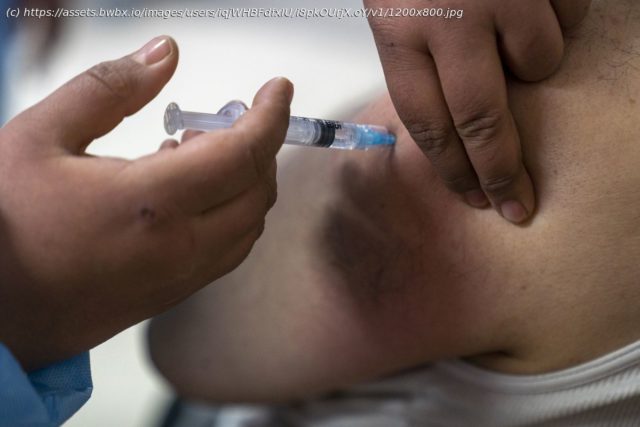Putting a price on shots could lead to unjust, lopsided distribution. The cost to the consumer should be zero.
After a tightly centralized vaccination drive that has delivered the required two shots to less than 2% of the population, India is opening up its inoculation strategy in the middle of a raging pandemic. Can the new approach flatten the curve? Expanding the campaign to all adults below 45 starting next month is a late but welcome move. India’s daily infection rate of almost 350,000 is the worst any country has experienced. Even then, shifting a big part of the financial burden to 28 state governments and letting private hospitals buy shots at 600 to 1200 rupees ($8 to $16) apiece — and sell them to patients at even higher prices — are both wrong. In a nation riddled with inequalities and swelling with 75 million newly impoverished after last year’s coronavirus lockdown, putting a price on any part of limited vaccine supplies could lead to unjust, lopsided distribution. Free, universal access, with New Delhi negotiating prices with at least four or five suppliers globally, could prepare India better for a third Covid-19 resurgence. Until herd immunity is achieved, private hospitals must continue acting as agents of the state, and impose only a limited markup on the stock they’re given free from the national pool. It was a mistake to restrict the drive to just two Made-in-India vaccines: Covishield, the AstraZeneca Plc shot manufactured by the Pune-based Serum Institute of India Ltd., and Covaxin, an indigenously developed shot produced by the Hyderabad-based Bharat Biotech International Ltd. New Delhi managed to negotiate a competitive price of 150 rupees per shot, and then set out to distribute them free of charge — first to healthcare and other frontline workers and then to those older than 60. Only this month, the age restriction was lowered to 45. Covishield has accounted for roughly 90% of the 141 million doses administered so far. Nowhere near enough for a population of almost 1.






